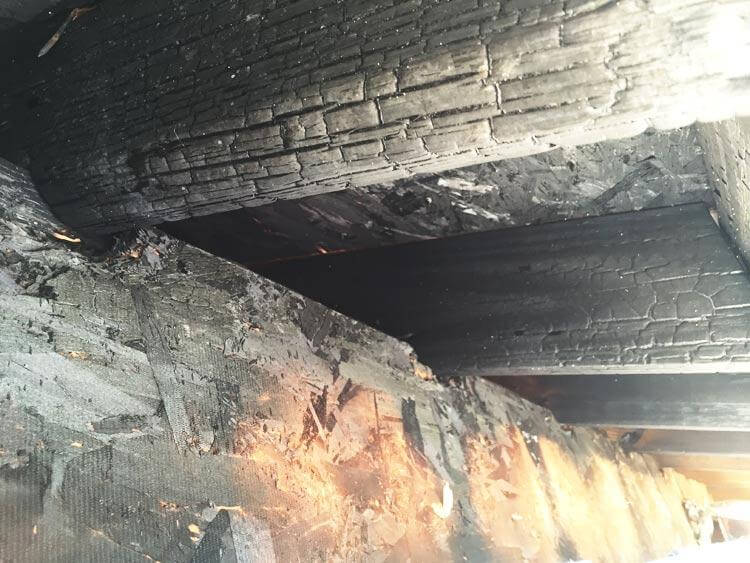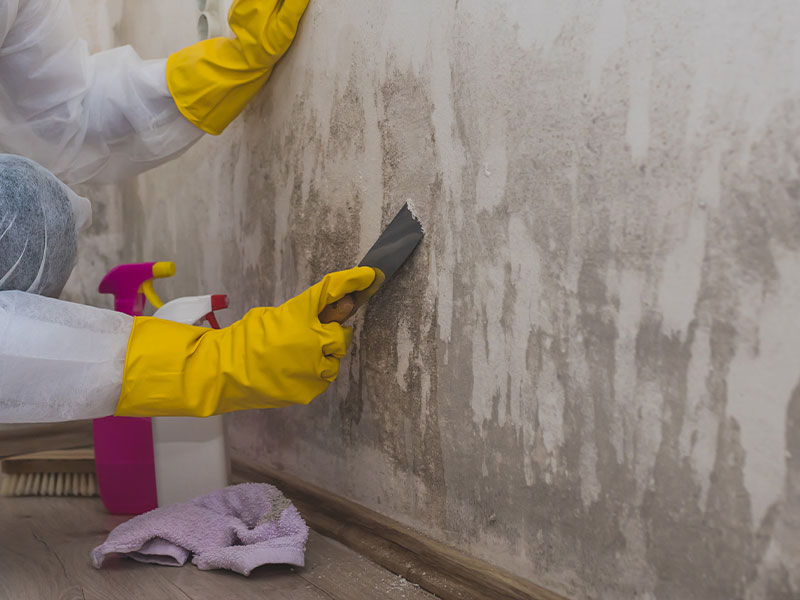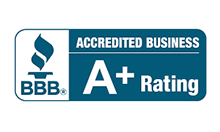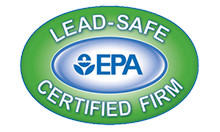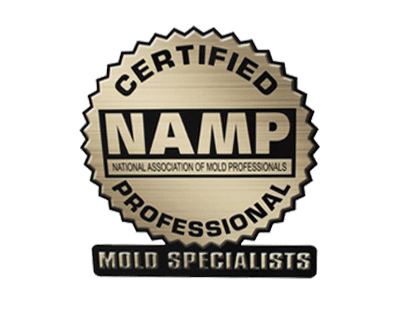Ever wondered how to fix walls and ceilings damaged by fire smoke? Fire can leave walls and ceilings covered in soot and smoke. Cleaning up after a fire is a big job.
It’s crucial to start cleaning quickly. This not only helps restore the look of the area but also keeps people safe from soot in the air.
Before you start cleaning, you need to check how bad the damage is. With the right tips and safety gear, you can handle this job well. Let’s explore how to remove soot and fix damaged areas, making your home look like it did before the fire.
Understanding the Impact of Fire Smoke Damage
Fire smoke damage goes beyond the fire itself. Smoke can deeply affect a home even after the fire is out. It harms both the building’s structure and the health of those living there.
Smoke can get into different materials, causing big problems. It discolors and etches surfaces like glass and metal. These damages can ruin their looks and strength.
The air inside a home can also be badly affected. Smoke residues can fill the air with harmful particles. This can lead to breathing issues and other health problems. It’s important to get rid of smoke smells to keep the air clean and safe.
Different kinds of soot make cleaning harder. Oily soot sticks to surfaces, while dry soot can spread easily. This makes it tough to clean up.
Smoke smells can stick to fabrics and other materials. Getting rid of these smells is crucial. Special cleaning methods and products are needed to remove these smells and make areas feel normal again.
Essential Supplies for Cleaning Smoke Damaged Walls and Ceilings
To clean smoke damaged walls and ceilings, you need the right tools. This list has everything you need, from cleaning solutions to safety gear. It helps you clean up thoroughly and effectively.
- Smoke Sponges: These sponges are made to soak up soot and ash. They help remove surface damage without spreading soot.
- Trisodium Phosphate (TSP): TSP is great at breaking down tough smoke residues. It helps make surfaces look like new again.
- Degreasing Agents: Degreasing agents are key for removing greasy soot from various surfaces. They get rid of tough stains and residues from smoke damage.
- Protective Gear: Safety is crucial. You’ll need gloves, masks, and goggles to avoid inhaling soot and to protect against harsh chemicals.
Having these supplies makes cleaning easier and safer. They help you tackle smoke damage well and protect your health and home. With the right tools and safety gear, you can clean up smoke damage safely and effectively.
Step-by-Step Guide for Cleaning Fire Smoke Damaged Walls and Ceilings
Cleaning fire smoke damaged walls and ceilings needs a careful plan. To get the job done right, follow these step-by-step restoration steps. They cover soot cleaning, smoke stain removal, and odor neutralizing.
- Test Cleaning Solutions: Always test a cleaning solution on a small, hidden area first. This makes sure it won’t harm the surface.
- Initial Dry Cleaning: Start by using a dry cleaning sponge or a vacuum with an upholstery attachment. Gently remove loose soot from the top of walls down.
- Wash Soot-Stained Areas: Mix warm water with mild soap or a soot cleaning product. Use a soft cloth to clean walls, ceiling, and affected areas. Move in a consistent pattern to avoid streaks.
- Rinse Thoroughly: Rinse the surface with clean water after washing. Change the rinse water often to keep it clean.
- Smoke Stain Removal: For tough stains, mix baking soda and water or use a smoke stain remover. Let it sit for a few minutes before wiping off.
- Odor Neutralizing: Use products like activated charcoal or white vinegar to get rid of smoke smells. Open windows and use fans to improve ventilation.
- Repeat as Necessary: Some smoke damage may need more cleaning. Keep cleaning and deodorizing until everything looks and smells normal again.
By following these step-by-step restoration steps, homeowners can tackle fire smoke damage. This ensures a clean and fresh living space.
Professional vs. DIY Cleaning Methods
Choosing between DIY cleaning and hiring pros for smoke damage is tough. Both have good points and downsides.
DIY Cleaning Tips: Cleaning smoke-damaged walls yourself can save money. But, it needs the right knowledge and tools. Homeowners should use DIY cleaning tips carefully to not make things worse. Important steps include using trisodium phosphate (TSP) to clean soot and a vacuum with a brush to get soot off ceilings.
- Cost-Benefit Analysis: DIY might seem cheap, but think about your time and effort. The wrong move could cause more damage, costing more later.
- Risks and Limitations: DIY has its limits, especially with big damage. The danger of corrosive residue and lasting smoke smells might need special tools and skills.
Hiring Restoration Professionals: Going for experienced restoration services has big pluses, especially for serious smoke damage. They use top-notch tools and cleaners for a full fix.
- Comprehensive Services: Pros find and fix both obvious and hidden smoke damage. They use special cleaners and tech to get rid of soot and smells.
- Time-Efficiency: While pros cost money, they often save time and stress. They work fast and well, letting homeowners relax.
For big smoke damage, hiring pros is usually the best choice. But, small issues might be fixed with DIY. The right choice depends on weighing costs and damage severity.
Conclusion
Dealing with fire smoke damage requires knowing its effects and using the right cleaning methods. Smoke can harm a home’s structure and air quality. To successfully clean up, you need the right tools and a clear plan, making sure every spot is cleaned.
Choosing between hiring a pro or doing it yourself has its pros and cons. Pros can bring expertise and advanced tools, but DIY can save money and be easier. The decision depends on the damage’s size and your comfort with cleaning. Being thorough and careful is essential to restore a home after a fire.
Getting a home back to normal, whether by a pro or yourself, is crucial. Understanding the process and making smart choices helps create a safe, welcoming space. Keeping the air quality good is key during the cleanup, showing how important a full recovery is.
